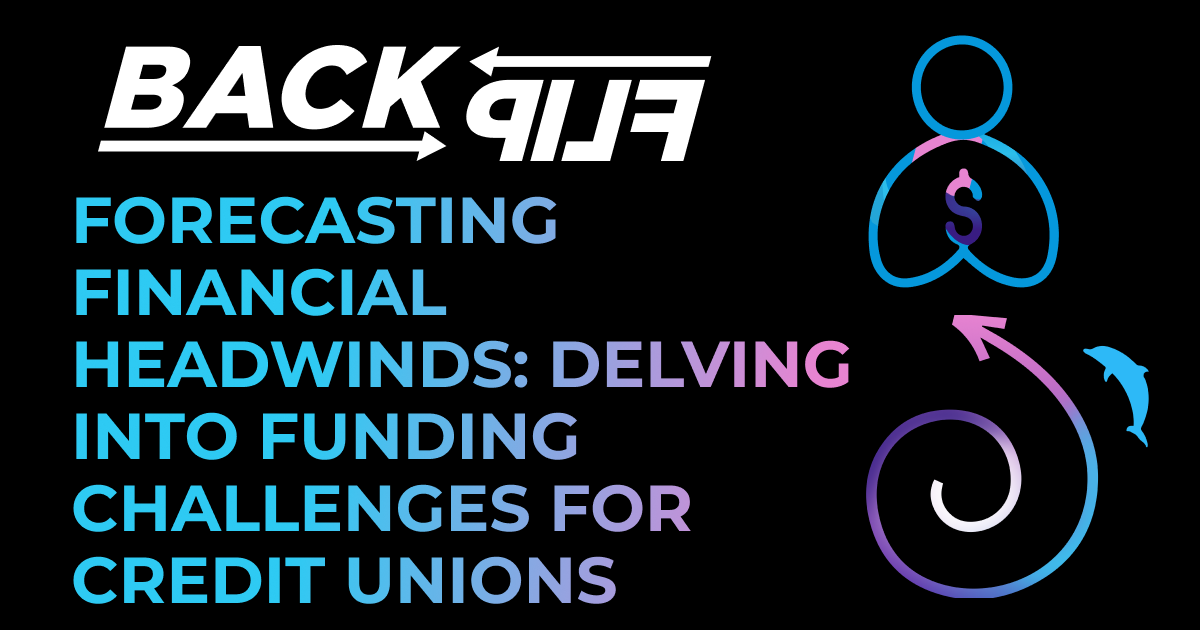As the economic narrative unfolds, credit unions are finding themselves at the cusp of multiple financial challenges. The forecast paints a picture of increased funding costs, declining asset quality, pressured non-interest margins, and elevated loss provisions. Let’s dissect these funding challenges and their potential impact on credit unions:
Skyrocketing Funding Costs:
The crux lies in the escalated costs of funding characterized by high interest rates on short-term deposits and borrowings. Simultaneously, the yields on long-term assets like loans and investments are either trailing or marginally outpacing these inflated funding costs, thereby squeezing the financial buffer.
Waning Asset Quality:
The forecasted uptick in the U.S. unemployment rate is synonymous with declining asset quality for credit unions. Adding fuel to the fire is the seasoning effect from the massive loan origination spree of 2020 and 2021, which could potentially manifest as credit losses.
Pressured Non-Interest Margins:
The terrain of non-interest income is getting rocky with substantial reductions in mortgage originations and associated gains on secondary market sales. The recent decision by Visa to trim interchange rates further exacerbates the non-interest margin pressures.
Rising Loss Provisions:
Preparing for a rainy day, credit unions are likely to ramp up their loan loss provisions to cushion against the forecasted economic downturn’s effects. This proactive stance, however, could strain the financial resources.
The horizon calls for a blend of strategic foresight, robust risk management, and innovative solutions to navigate through these financial headwinds. As credit unions brace for the impact of funding challenges, the emphasis on member-centric services, financial prudence, and community engagement will be instrumental in weathering the storm and continuing to uphold the ethos of financial inclusivity and community development.
